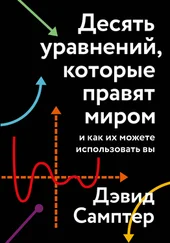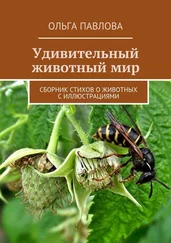McGann, J. P. (2017), op. cit.
Gottfried, J. A. (2009). ‘Function follows form: ecological constraints on odor codes and olfactory percepts’, Current Opinion in Neurobiology, 19 (4). P. 422–429.
Shepherd, G. M., Neurogastronomy (Columbia University Press, 2011). P. 89, 90.
Gottfried, J. A. (2009). ‘Function follows form: ecological constraints on odor codes and olfactory percepts’, Current Opinion in Neurobiology, 19 (4). P. 422–429.
В поисках утраченного времени. Т. 1. В сторону Свана. Гл. I. Перевод А. А. Франковского.
Proust, M. (trans. Scott Moncrieff, C. K. & Gilmartin, T.), Remembrance of Things Past: Swann’s Way (Penguin, 1983). P. 48–50.
Shepherd, G. M., Neurogastronomy, op. cit. P. 111.
Pause, B. M. (2012). ‘Processing of body odor signals by the human brain’, Chemosens Percept, 5. P. 55–63. doi: 10.1007/ s12078–011–9108–2; pmid: 22448299.
McGann, J. P. (2017), op. cit.
Porter, J., Craven, B., Khan, R. M., Chang, S. J., Kang, I., Judkewitz, B., … & Sobel, N. (2007). ‘Mechanisms of scent-tracking in humans’, Nature Neuroscience, 10 (1). P. 27–29.
Jacobs, L. F., Arter, J., Cook, A., & Sulloway, F J. (2015). ‘Olfactory orientation and navigation in humans’, PloS One, 10 (6), e0129387.
Другое название — барибалы ( Ursus americanus ).
Rogers, L. L. (1987). ‘Navigation by adult black bears’, Journal of Mammalogy, 68 (1). P. 185–188.
Nature, 7, (20 February 1873). P. 303.
160 Papi, F., Fiore, L., Fiaschi, V., and Benvenuti, S. (1971). ‘The influence of olfactory nerve section on the homing capacity of carrier pigeons’, Monitore Zoologico Italiano, 5. P. 265–267.
Papi, F., Fiore, L., Fiaschi, V. and Benvenuti, S. (1972). ‘Olfaction and homing in pigeons’, Monitore Zoologico Italiano, 6. P. 85–95.
О гипотезе ольфакторной навигации см.: Чернецов Н. С. Ориентация и навигация мигрирующих птиц // Зоологический журнал. 2016. Т. 95. № 2. С. 128–146. — Прим. ред.
Перерезание (под общим наркозом) обонятельного нерва, который соединяет обонятельные рецепторы птицы с ее обонятельной луковицей, или применение местных обезболивающих или едких химикатов (например, сульфата цинка) для временного снижения чувствительности. По-видимому, птицы очень быстро оправляются от операции по пересечению обонятельного нерва, но обоняние у них уже не восстанавливается.
См., например, Benvenuti, S., Fiaschi, V., Fiore, L. and Papi, F. (1973). ‘Homing performances of inexperienced and directionally trained pigeons subjected to olfactory nerve section’, Journal of Comparative Physioliogy, 83. P. 81–92; и Biro, D., Meade, J. and Guilford, T. (2004). ‘Familiar route loyalty implies visual pilotage in the homing pigeon’, Proc. Natl. Acad. Sci. USA., 101. P. 17440–17443.
Baldaccini, N. E., Benvenuti, S., Fiaschi, V. and Papi, F. (1975). ‘Pigeon navigation: effects of wind deflection at home cage on homing behaviour’, J. Comp. Physiol., 99. P. 177–186.
См., например, Gagliardo, A., Ioalè, P., Odetti, F. and Bingman, V. P. (2001). ‘The ontogeny of the homing pigeon navigational map: evidence for a sensitive learning period’, Proc. Biol.Sci., 268. P. 197–202.
См., например, Phillips, J. B., & Waldvogel, J. A. (1988). ‘Celestial polarized light patterns as a calibration reference for sun compass of homing pigeons’, Journal of Theoretical Biology, 131 (1). P. 55–67.
Подробный обзор этой темы см.: Gagliardo, A. (2013). ‘Forty years of olfactory navigation in birds’, Journal of Experimental Biology, 216 (12). P. 2165–2171.
Wallraff, H. G. (2015). ‘An amazing discovery: bird navigation based on olfaction’, Journal of Experimental Biology, 218 (10). P. 1464–1466.
Benvenuti, S. and Wallraff, H. G. (1985). ‘Pigeon navigation: site simulation by means of atmospheric odours’, J. Comp. Physiol. A., 156. P. 737–746.
Jorge, P. E., Marques, A. E., & Phillips, J. B. (2009). ‘Activational rather than navigational effects of odors on homing of young pigeons’, Current Biology, 19 (8). P. 650–654.
Gagliardo, A., Pollonara, E., & Wikelski, M. (2018). ‘Only natural local odours allow homeward orientation in homing pigeons released at unfamiliar sites’, J. Comp. Physiol. A. P. 1–11.
Walcott, C., Wiltschko, W., Wiltschko, R., & Zupanc, G. K. (2018). ‘Olfactory navigation versus olfactory activation: a controversy revisited’.
Nevitt, G. A. (2008). ‘Sensory ecology on the high seas: the odor world of the procellariiform seabirds’, Journal of Experimental Biology, 211 (11). P. 1706–1713. Кроме того, обонятельная луковица почтового голубя крупнее, чем у других голубей (хотя и меньше, чем у буревестников): см.: Mehlhorn, J., & Rehkämper, G. (2009). ‘Neurobiology of the homing pigeon — a review’, Naturwissenschaften, 96 (9). P. 1011–1025.
Gagliardo, A., Bried, J., Lambardi, P., Luschi, P., Wikelski, M., & Bonadonna, F. (2013). ‘Oceanic navigation in Cory’s shearwaters: evidence for a crucial role of olfactory cues for homing after displacement’, Journal of Experimental Biology, 216 (15). P. 2798–2805.
Pollonara, E., Luschi, P., Guilford, T., Wikelski, M., Bonadonna, F., & Gagliardo, A. (2015). ‘Olfaction and topography, but not magnetic cues, control navigation in a pelagic seabird: displacements with shearwaters in the Mediterranean Sea’, Scientific Reports, 5, srep16486.
Padget, O., Bond, S. L., Kavelaars, M. M., van Loon, E., Bolton, M., Fayet, A. L., … & Guilford, T. (2018). ‘In Situ Clock Shift Reveals that the Sun Compass Contributes to Orientation in a Pelagic Seabird’, Current Biology.
Padget, O., Dell’Ariccia, G., Gagliardo, A., González-Solís, J., & Guilford, T. (2017). ‘Anosmia impairs homing orientation but not foraging behaviour in free-ranging shearwaters’, Scientific Reports, 7.
Abolaffio, M., Reynolds, A. M., Cecere, J. G., Paiva, V. H., & Focardi, S. (2018). ‘Olfactory-cued navigation in shearwaters: linking movement patterns to mechanisms’, Scientific Reports, 8 (1). P. 11590.
Читать дальше
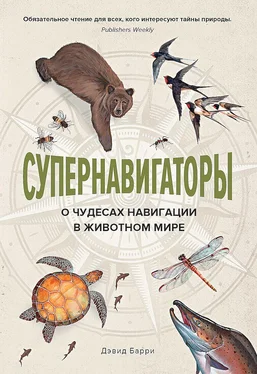
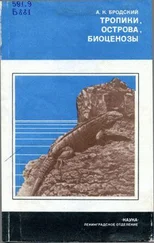
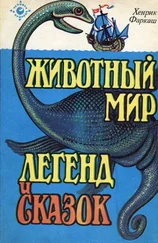
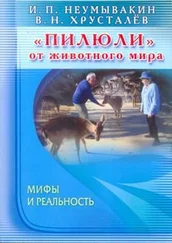

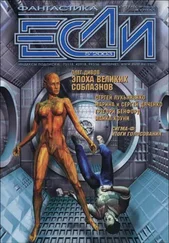

![Дэвид Барри - Супернавигаторы [О чудесах навигации в животном мире] [litres]](/books/393891/devid-barri-supernavigatory-o-chudesah-navigacii-v-thumb.webp)
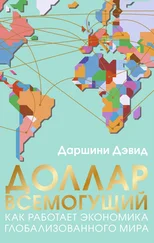
![Барри Пэйн - Новый Гулливер [Затерянные миры. Том XXIV]](/books/406917/barri-pejn-novyj-gulliver-zateryannye-miry-tom-xx-thumb.webp)

